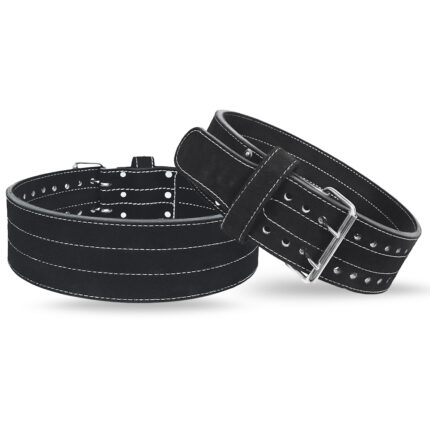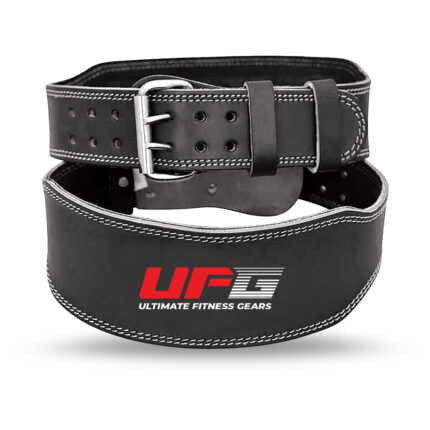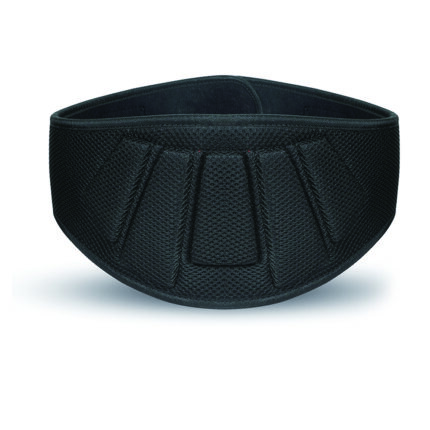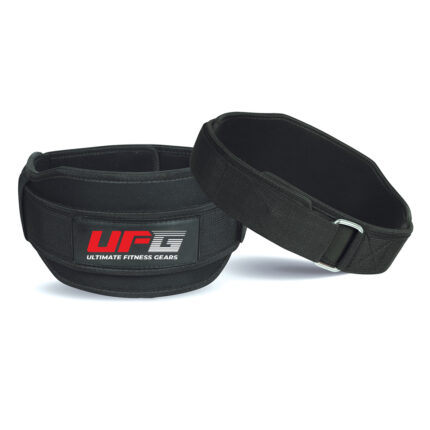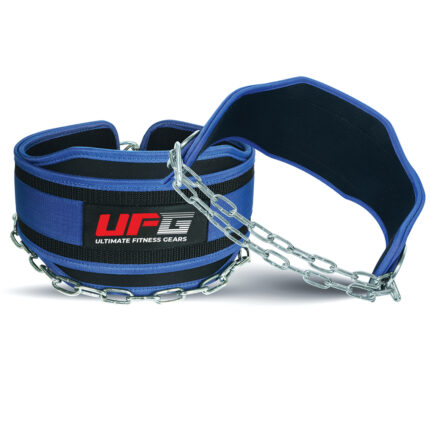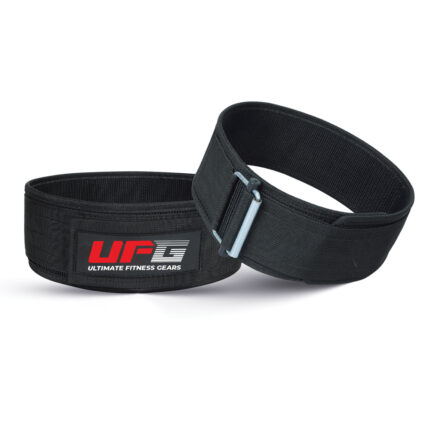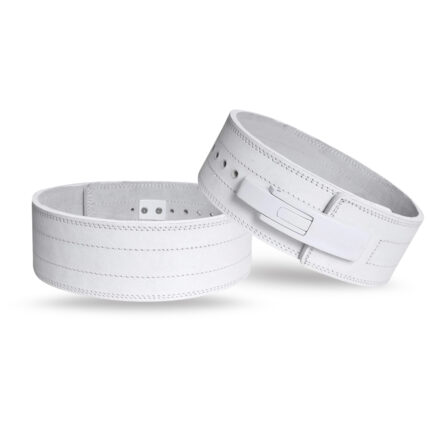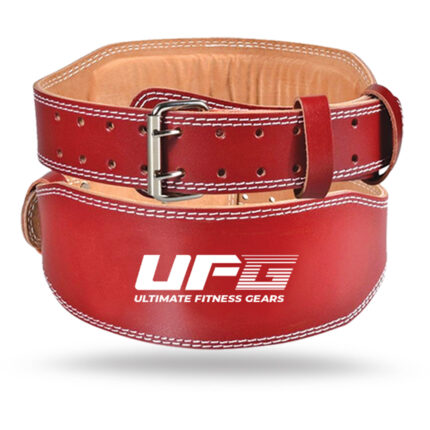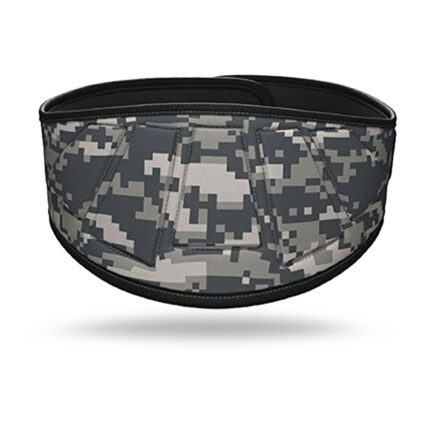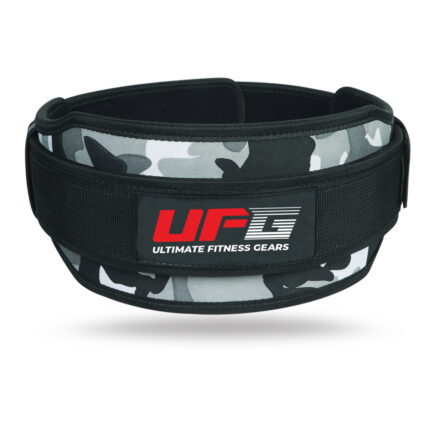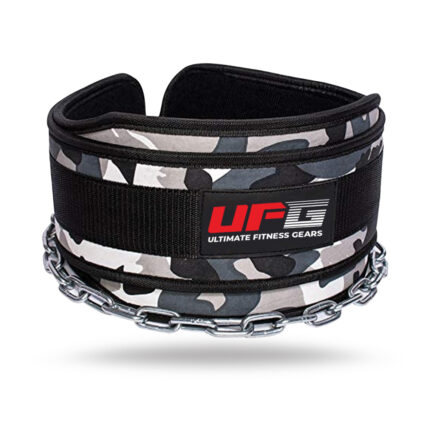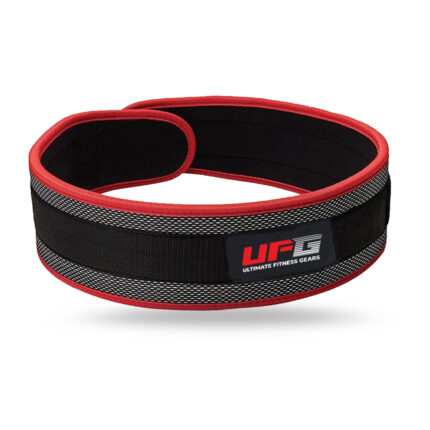Lifting Belts
A lifting belt, also known as a weightlifting belt or power lifting belt, is a supportive belt worn around the waist during weightlifting exercises. It’s primarily used to provide support to the lower back and core muscles during heavy lifting movements like squats, dead lifts, and overhead presses.
Here's a description of lifting belts:
- Material: Lifting belts are typically made of thick, sturdy materials such as leather, nylon, or neoprene. Leather belts are durable and provide excellent support, while nylon and neoprene belts are more flexible and lightweight.
- Width: Lifting belts come in various widths, typically ranging from 4 to 6 inches. The width of the belt determines the area of support it provides around the core. Generally, powerlifters prefer wider belts for maximal support, while weightlifters might opt for slightly narrower belts for more flexibility.
- Buckle: Most lifting belts feature a buckle or a quick-release mechanism for easy fastening and adjustment. Some belts also have prong buckles or lever mechanisms, which provide a more secure fit but might take longer to adjust.
- Thickness: The thickness of the belt varies depending on the material and design. Thicker belts offer more stability and support to the lower back and core muscles.
- Inner Padding: Many lifting belts have inner padding or cushioning to enhance comfort and reduce pressure on the waist during heavy lifts.
- Sizes: Lifting belts come in different sizes to accommodate various waist sizes. It's essential to choose the right size to ensure proper fit and effectiveness.
- Purpose: Lifting belts are primarily used for heavy compound lifts like squats, deadlifts, and overhead presses. They provide support to the lower back by increasing intra-abdominal pressure, which helps stabilize the spine and reduce the risk of injury.
- Usage: It's essential to use a lifting belt correctly to reap its benefits fully. The belt should be positioned snugly around the waist, just above the hip bones, with the buckle centered in front. It should be tight enough to provide support but not so tight that it restricts breathing or movement.
- Maintenance: Lifting belts, especially those made of leather, require proper maintenance to ensure durability. Regular cleaning and conditioning can help prevent the leather from drying out and cracking.
- Safety: While lifting belts can provide support during heavy lifts, they're not a substitute for proper lifting technique. It's crucial to learn and practice correct form and technique to minimize the risk of injury.
Overall, a lifting belt can be a valuable tool for serious lifters looking to maximize their performance and safety during heavy lifting sessions. However, it's essential to choose the right belt for your needs and use it correctly to reap its full benefits.


